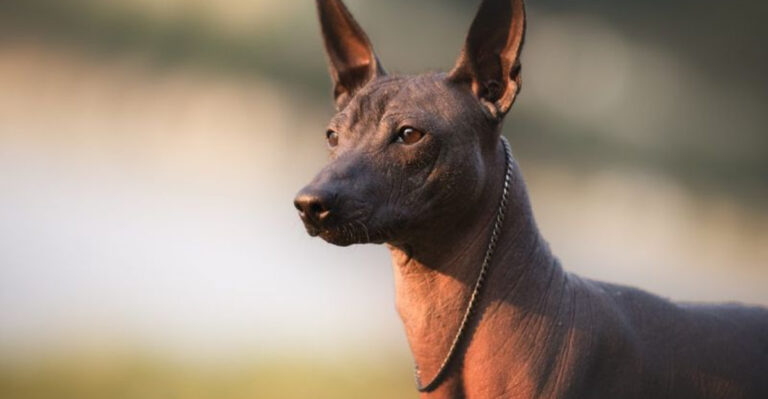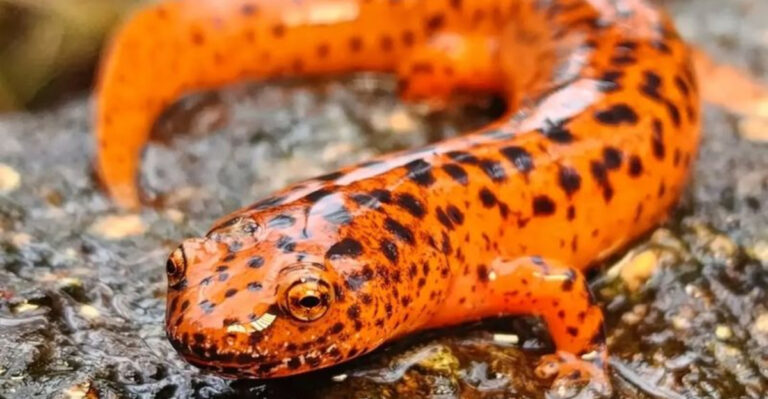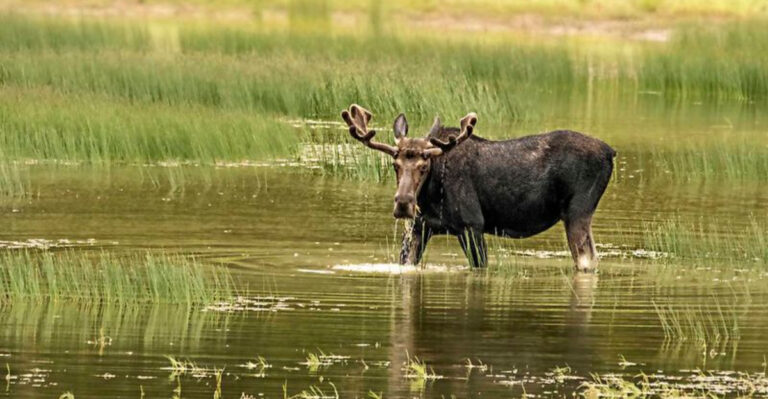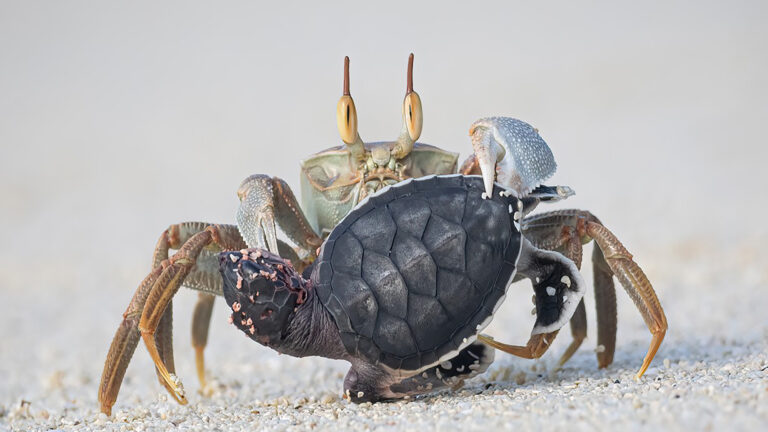11 Big Cat Species That Don’t Live In Jungles And Why We Shouldn’t Ignore Them
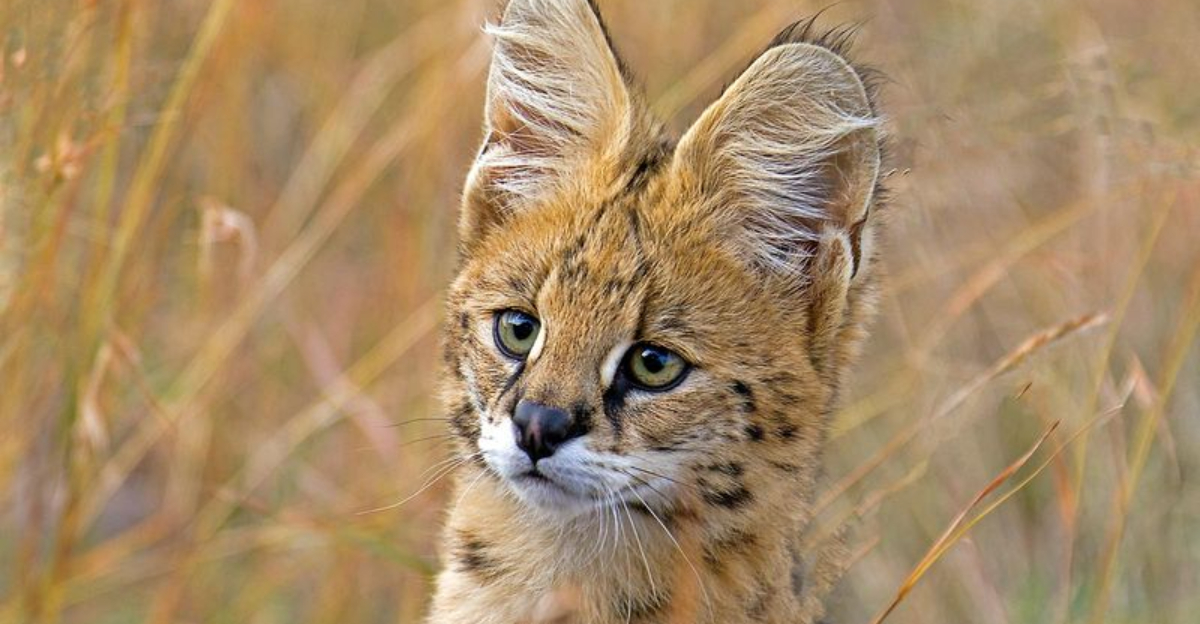
When we think of big cats, our minds often wander to dense jungles with tigers prowling through undergrowth or leopards lounging in trees.
But many magnificent feline species thrive in completely different environments, from snowy mountains to barren deserts. These non-jungle dwelling cats face unique challenges and deserve our attention just as much as their forest-dwelling cousins.
1. Snow Leopards: Mountain Ghosts
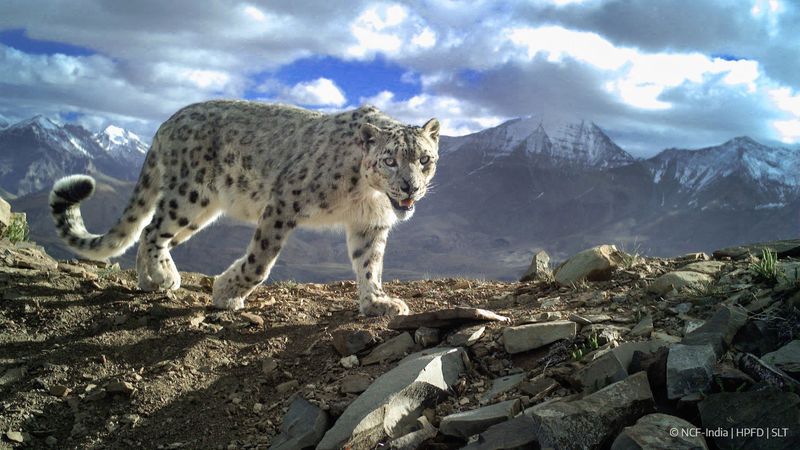
Draped in thick, spotted fur, snow leopards roam the remote mountain ranges of Central Asia where temperatures plummet below freezing. Their wide paws act like natural snowshoes, distributing weight to prevent sinking in deep snow.
These elusive hunters are so rarely seen they’ve earned the nickname ‘mountain ghosts.’ With fewer than 6,500 remaining in the wild, snow leopards face threats from poaching and habitat loss as climate change alters their high-altitude homes.
2. Cheetahs: Sprinters Of The Savanna
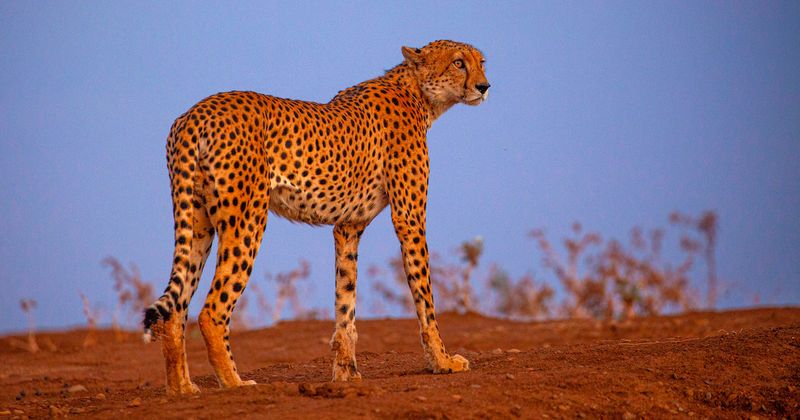
Sunlight glints off a cheetah’s tear-marked face as it surveys the open grasslands. Built for speed rather than strength, these cats can accelerate from 0 to 60 mph in just three seconds, making them the fastest land animals on Earth.
Unlike jungle cats that ambush prey, cheetahs rely on open spaces for their hunting strategy. Sadly, these magnificent runners have disappeared from 90% of their historic range, with fewer than 7,000 remaining in fragmented populations across Africa.
3. Pallas’s Cats: Fluffy Mountain Dwellers
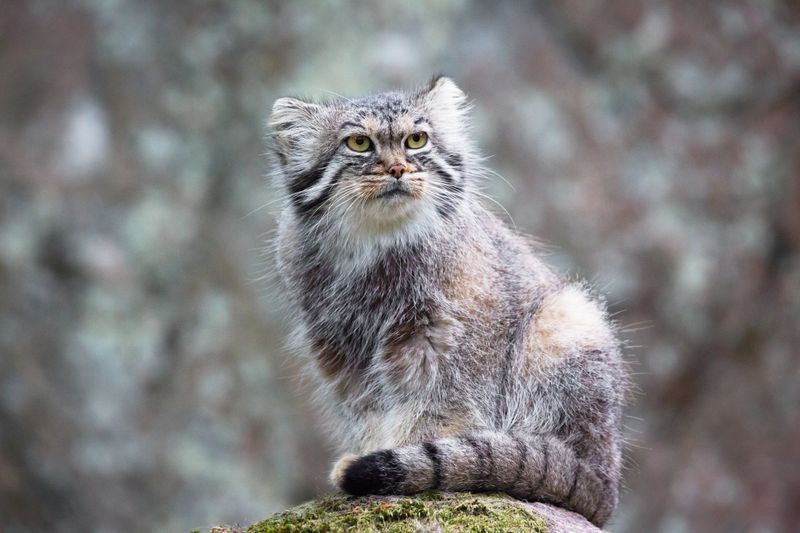
Resembling grumpy teddy bears, Pallas’s cats survive harsh conditions on the steppes and mountains of Central Asia. Their round pupils (unlike other cats’ vertical slits) and exceptionally dense fur help them endure temperatures as low as -50°F.
Despite their adorable appearance, these small but mighty predators are fierce hunters with remarkable camouflage abilities. Climate change threatens their specialized mountain habitats, while expanding human activities fragment their territories and increase encounters with domestic dogs carrying diseases.
4. Sand Cats: Desert Specialists
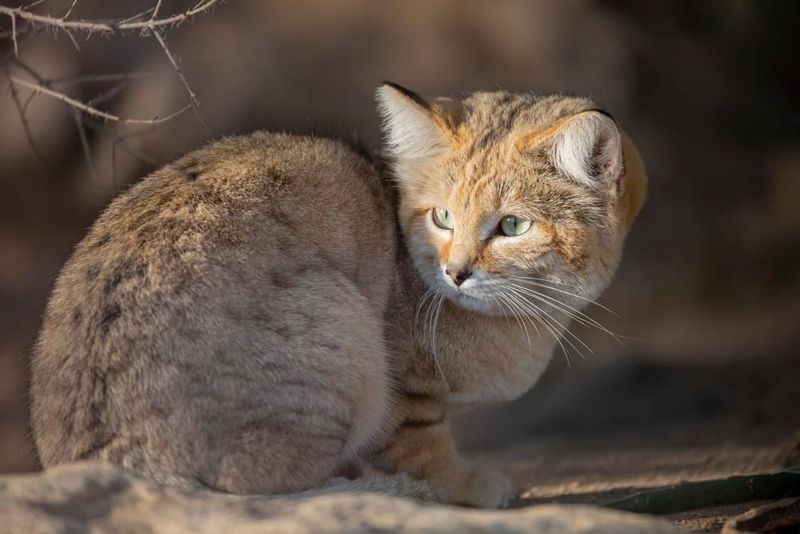
Perfectly adapted to extreme desert life, sand cats leave virtually no footprints as they travel across scorching sands. Their pale, sandy-colored coats blend seamlessly with their surroundings, making them nearly invisible to both prey and potential threats.
These remarkable felines can survive without drinking water, obtaining all needed moisture from their prey. Their specialized ears can detect prey moving underground, allowing them to hunt rodents and reptiles hidden beneath the sand in the harsh desert environments of North Africa and Central Asia.
5. Servals: Long-Legged Grassland Hunters
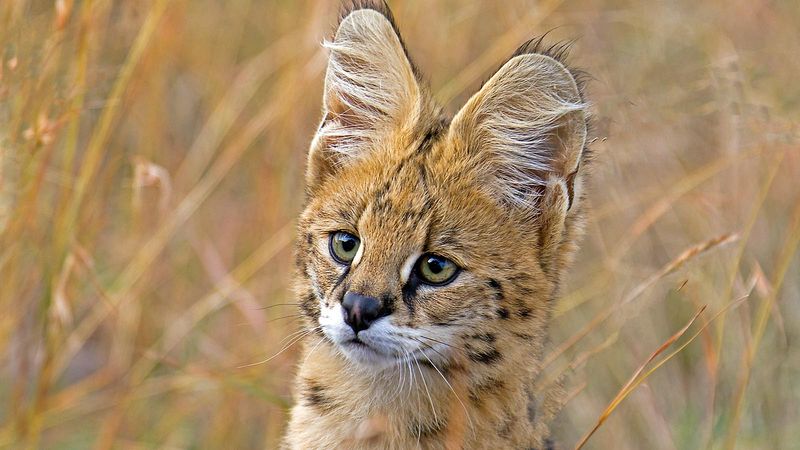
Standing tall on the longest legs of any cat relative to body size, servals navigate African grasslands with elegant precision. Their enormous ears can rotate independently, pinpointing the slightest rustle of grass with extraordinary accuracy.
Masters of the vertical leap, servals can jump up to 12 feet high to catch birds in mid-flight. Agricultural expansion threatens their specialized wetland and grassland habitats, while the exotic pet trade removes individuals from wild populations, creating additional pressure on this uniquely adapted species.
6. Eurasian Lynx: Northern Forest Sentinels
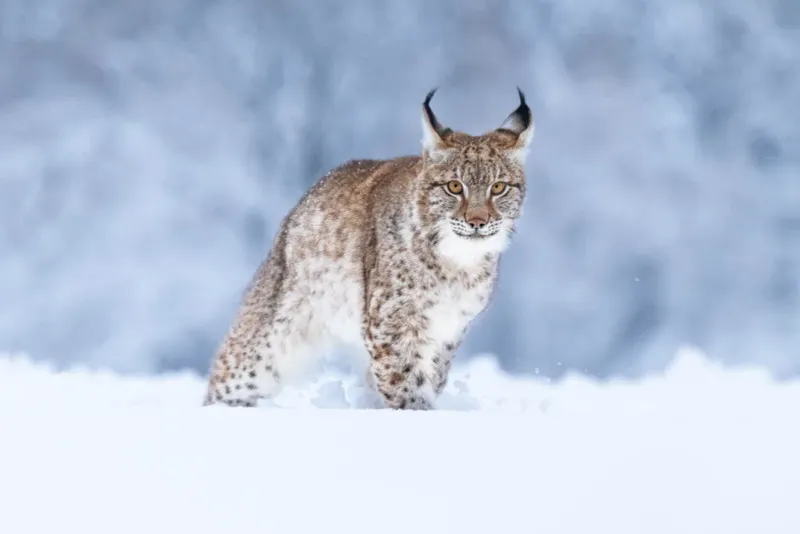
Powerful tufted ears and distinctive facial ruffs distinguish these solitary hunters of northern forests and mountains. Their oversized paws function like natural snowshoes, allowing them to patrol vast territories even in deep winter snow.
Lynx can detect prey from extraordinary distances thanks to specialized hearing that picks up the faintest sounds. Once widespread across Europe, these magnificent cats were driven to near extinction by hunting and habitat loss, though conservation efforts have helped populations recover in some areas.
7. Pumas: Adaptable Mountain Kings
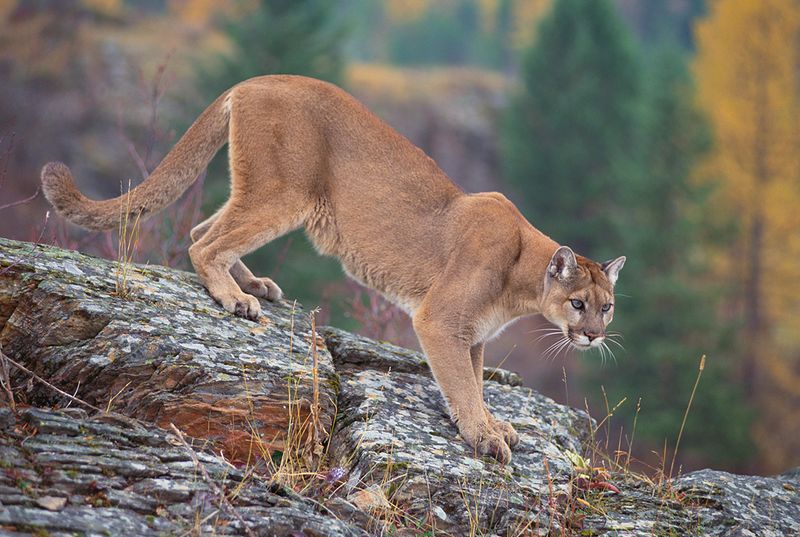
Known by many names—cougar, mountain lion, panther—pumas boast the largest range of any land mammal in the Western Hemisphere. From Canadian mountains to Patagonian highlands, these powerful cats adapt to diverse habitats while avoiding dense tropical jungles.
Capable of leaping 40 feet horizontally and 15 feet vertically, pumas are extraordinary athletes. Urban expansion increasingly brings these secretive cats into conflict with humans, while habitat fragmentation isolates populations and threatens their genetic diversity across their vast range.
8. Caracals: Desert Acrobats
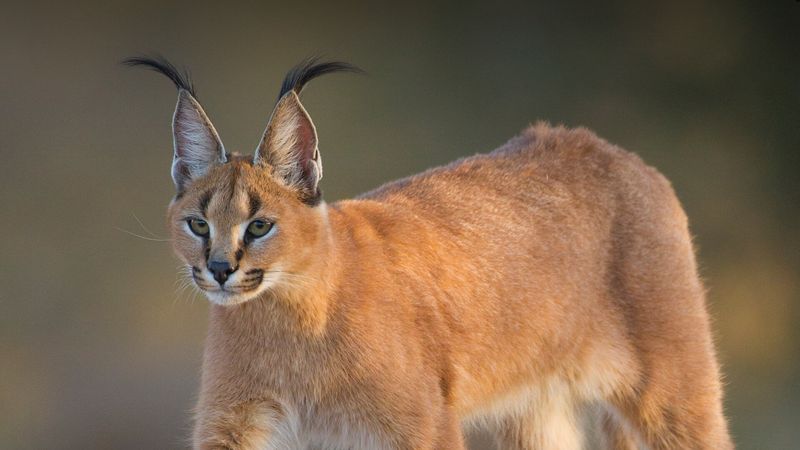
Sporting dramatic black ear tufts that can signal mood and direction to other caracals, these medium-sized cats thrive in arid regions across Africa and parts of Asia. Their powerful hind legs enable spectacular leaps to catch birds in mid-flight.
Ancient Egyptians trained caracals to hunt birds and depicted them in their art, appreciating their extraordinary agility. Today, habitat loss threatens their desert and scrubland homes, while retaliatory killing by farmers who lose livestock to these efficient predators further reduces their numbers.
9. Canadian Lynx: Snowshoe Hare Specialists
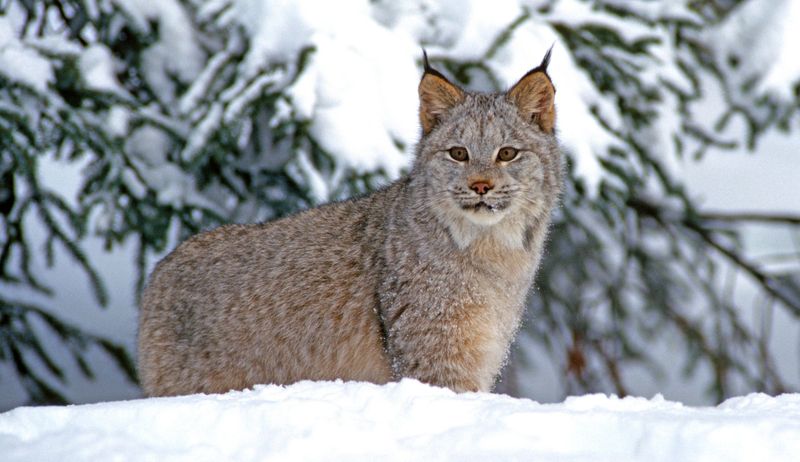
Perfectly evolved for northern winters, Canadian lynx possess enormous snowshoe-like paws and thick silvery fur that insulates against subzero temperatures. Their survival is intricately linked to snowshoe hare populations, creating one of nature’s most famous predator-prey relationships.
During hare population crashes, which occur roughly every decade, lynx reproduction plummets dramatically. Climate change threatens this delicate balance by altering snow patterns crucial for both lynx hunting success and hare survival, potentially disrupting a relationship that has evolved over thousands of years.
10. Iberian Lynx: Europe’s Most Endangered Cat
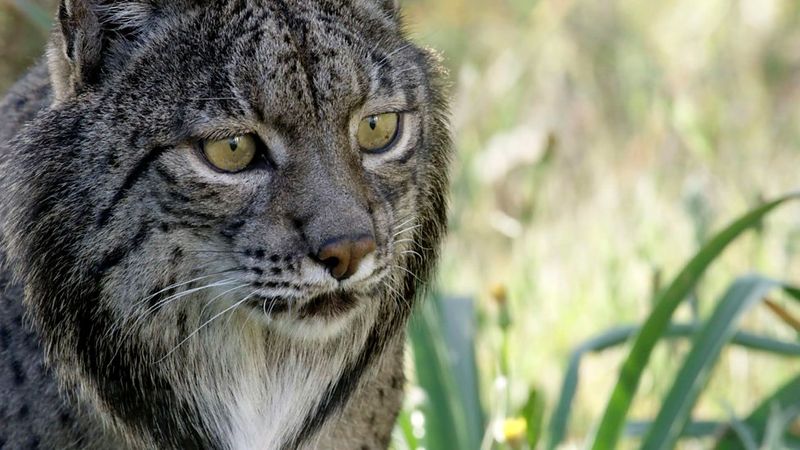
Sporting a distinctively spotted coat and beard-like facial ruffs, Iberian lynx once roamed throughout Spain and Portugal. Their population plummeted to fewer than 100 individuals by 2002, bringing them perilously close to becoming the first cat species to go extinct since the saber-toothed tiger.
Specialized hunters of European rabbits, these lynx suffered when disease decimated their primary prey. Intensive conservation efforts have increased their numbers to over 500 today, offering hope for this unique Mediterranean species that inhabits scrubland rather than forests or jungles.
11. Asiatic Lions: Last Stand In Gir Forest
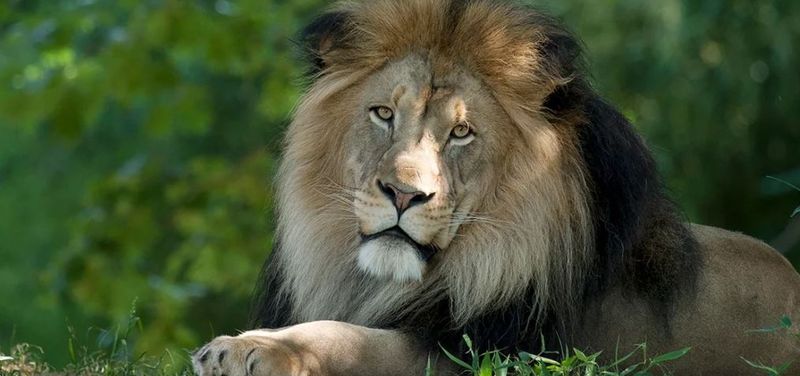
Once ranging from the Mediterranean to eastern India, Asiatic lions now survive only in Gujarat’s Gir Forest. Unlike African lions, Asiatic lions have a distinctive fold of skin along their bellies and smaller manes, adaptations to their original semi-arid habitats.
Though they now inhabit dry deciduous forest, these lions evolved in much drier regions. Their population has grown from just 20 individuals in the early 1900s to over 600 today, though having all individuals in one location makes them vulnerable to disease outbreaks or natural disasters.

